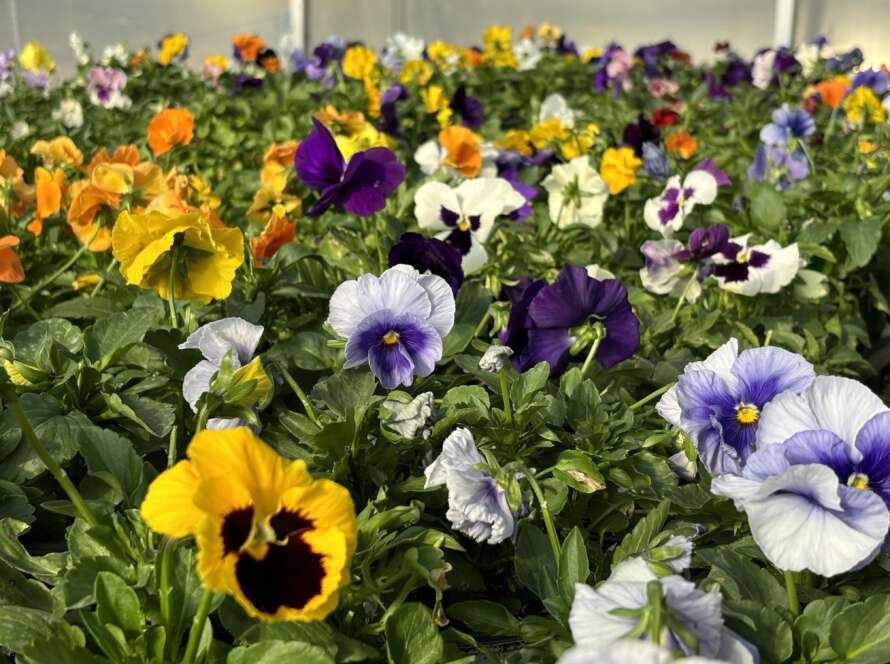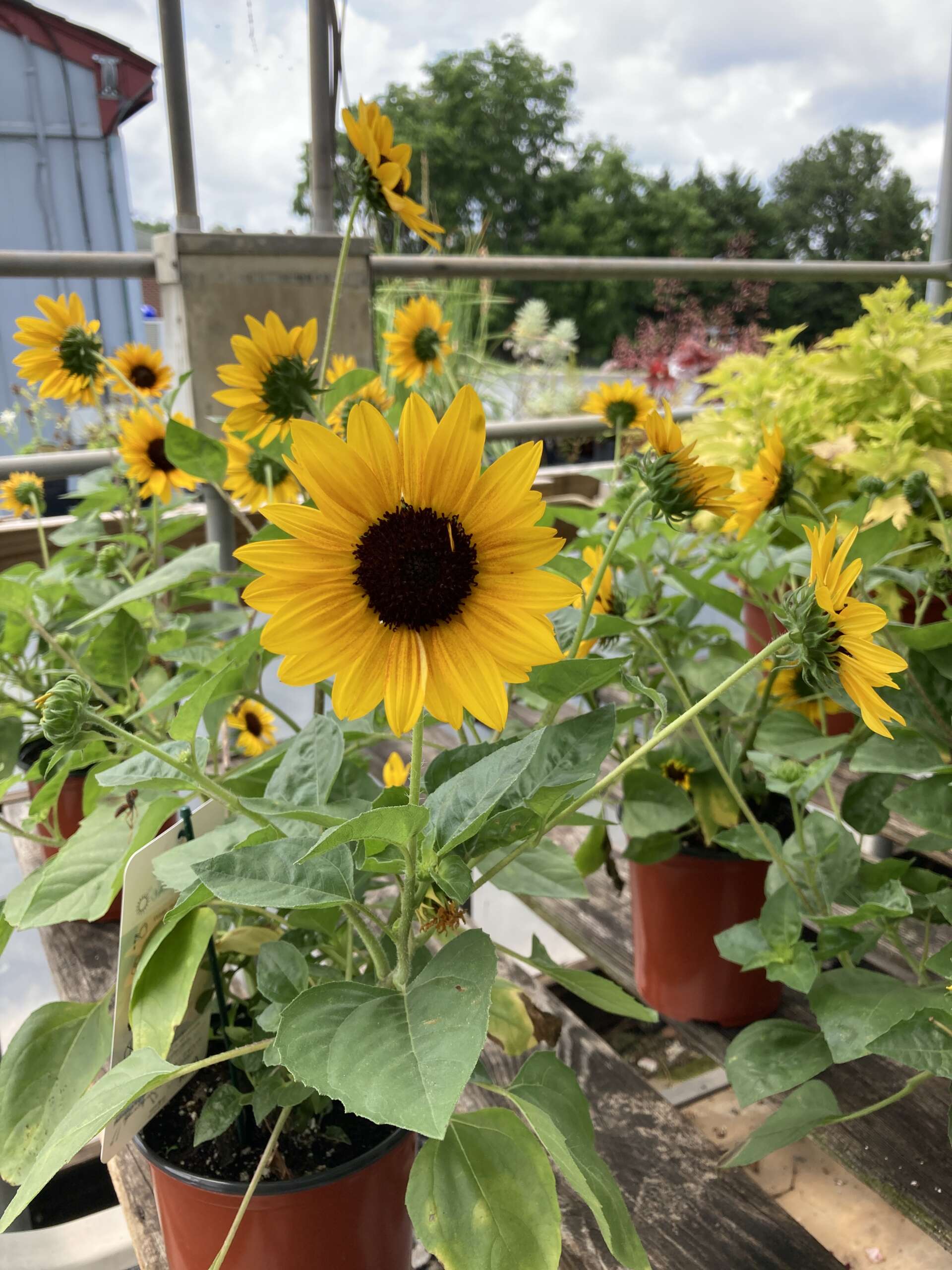A Holiday Hallmark
What’s left to discover about Poinsettias? Well, for starters, Poinsettias are not poisonous, are available in colors besides red, and the finest are found in garden centers. Ironic, perhaps, that a plant with legendary, child-centered origins is often seen as one dangerous to children. According to the Poisondex TM Information Service, a 50-pound child could eat 500 Poinsettia leaves and not demonstrate toxicity.
Legends and Myths
Native to Mexico and Central America, legend has it that the first Poinsettia appeared from a poor child’s generosity. A little girl, Pepita, laid a humble bouquet of weeds at the feet of the Christ Child. Suddenly, the bouquet burst into brilliant red blooms. It is known that J. R. Poinsett, American Minister to Mexico, discovered the plant there in 1828.
Selecting a Healthy Plant
Plant health is the biggest reason to shop garden centers. Greenhouse-grown Poinsettias adapt easily to homes heated from winter. We acclimate plants as much as possible: decreasing fertilizer, lowering greenhouse temperatures so they will survive without being babied. Choose plants with completely colored and expanded bracts-the colorful portion of a Poinsettia. The true flowers are the small, yellow centers. The freshest plants display the tightest true flowers. Find plants with dense, plentiful foliage down to the soil line. Plants should be about two and a half times larger than their pots. Stems should be strong and stiff, not wilting. Avoid buying plants sold in paper, plastic or mesh sleeves, as these reduce airflow to the plant.
Ideas and Uses
Poinsettias are commonly used in foyers and on hearths. They make lovely holiday centerpieces too. Put some in a hanging basket or in containers mixed with trailing ivy. When blooming is complete, use Poinsettias as foliage plants in annual beds once warm temperatures have returned.
Not Simply Red Anymore
Though dark “Freedom Red” reigns as a traditional favorite, other colors share the spotlight. Poinsettia color choices include white, pink, and novelty colors such as orange or burgundy.
Care Through the Holidays and Beyond
Poinsettias need indirect sunlight for at least six hours a day and perform best in room temperatures between 68° and 70° Fahrenheit. Water thoroughly when soil is dry to the touch, but don’t let them sit in standing water. Garden center professionals recommend all-purpose fertilizers for use after blooming. The newer varieties have greater longevity. Don’t expose plants to chilling winds when transporting from the garden center. Once home, keep them from cold drafts or excess heat. If you want to attempt a Poinsettia comeback, try the following when colored bracts begin to fall off, cut the plant back, leaving four to six-leaf buds. Place near a sunny window, water and fertilize regularly. By the end of May, you should see healthy new growth. Keep caring for plants until autumn. Poinsettias set buds and produce flowers as the nights get longer. Starting October 1, plants need fourteen hours of total darkness. You can meet this requirement by placing a box over your plants. During the day, give them six to eight hours of bright sunshine. Do this for eight to ten weeks and your Poinsettias should develop bright blooms just in time for the holidays.



